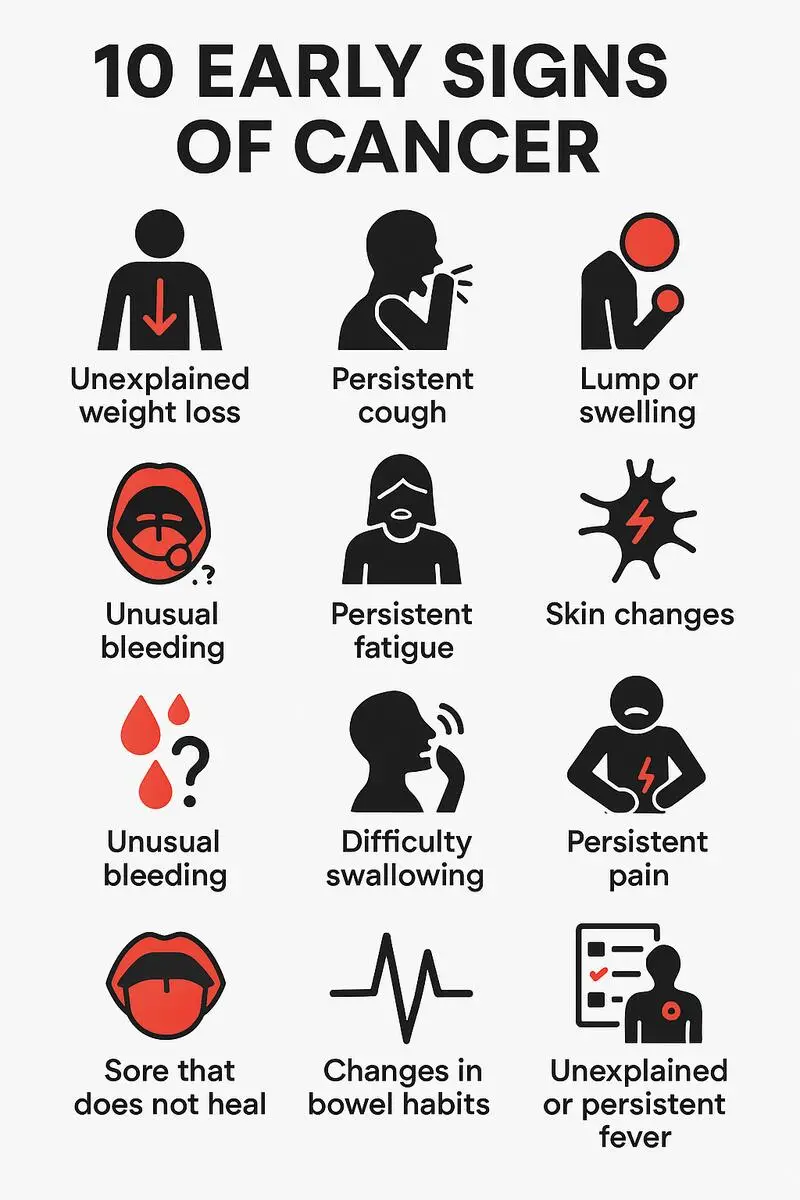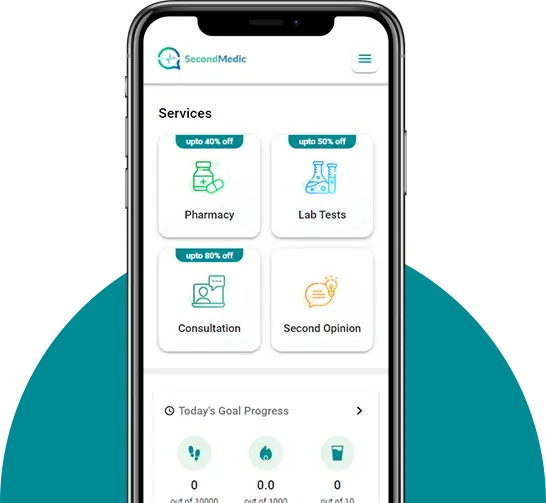- Published on: Nov 21, 2023
- 4 minute read
- By: Secondmedic Expert
Guarding Against Measles: Recognizing 5 Common Symptoms Of Measles
Are you familiar with the signs of measles, a highly contagious and potentially serious viral infection? In this comprehensive guide, we will delve into the world of measles, shedding light on its symptoms, treatment options, the importance of the measles vaccine, and ways to stay informed through online doctor consultations and lab tests. Let's embark on a thorough journey to understand and guard against measles, ensuring the health and well-being of ourselves and our communities.
1. Understanding What Is Measles Disease
Measles, also known as rubeola, is a highly contagious respiratory infection caused by the measles virus. It primarily spreads through respiratory droplets and affects both children and adults. Understanding the nature of the virus is essential for recognizing and preventing its spread within communities.
Measles is characterized by a prodromal phase, during which symptoms may mimic those of the common cold, and a distinctive rash phase. Complications can arise, leading to severe outcomes such as pneumonia, encephalitis, and in rare cases, death.
a. Prodromal Phase: Cold-Like Symptoms
In the early stages of measles, individuals may experience symptoms similar to those of the common cold. These include a runny nose, cough, and red, watery eyes. The virus begins to replicate in the respiratory system, leading to these initial symptoms. It's important to be vigilant during this phase, as early detection can aid in timely intervention.
b. Distinctive Rash Phase
Following the prodromal phase, a characteristic rash appears. This red rash typically starts on the face and then spreads to other parts of the body. The appearance of Koplik's spots, small white spots inside the mouth, is another distinguishing feature during this phase. These spots serve as a diagnostic marker for healthcare professionals.
c. Complications of Measles
Measles can lead to various complications, particularly in vulnerable populations such as young children and individuals with weakened immune systems. Pneumonia, a potentially severe respiratory infection, is a common complication. Encephalitis, inflammation of the brain, is a rare but serious complication that can occur, emphasizing the importance of prompt medical attention.
2. Exploring Common Symptoms of Measles
a. High Fever
Measles typically starts with a high fever, often reaching 104°F (40°C) or higher. This fever is the body's response to the viral infection. It is crucial to monitor the temperature, especially in young children, as a high fever can be an early indicator of measles.
b. Red Spots and Rash
A few days after the onset of fever, a characteristic red rash appears. It usually starts on the face and then spreads to the rest of the body. The rash consists of small red spots that may merge, giving the skin a blotchy appearance. This visual cue is a key indicator of measles.
c. Cough and Runny Nose
Measles can cause a persistent cough and a runny nose, similar to symptoms of the common cold. However, in the case of measles, these symptoms tend to be more severe. The respiratory symptoms contribute to the virus's ability to spread through respiratory droplets.
d. Red, Watery Eyes
Conjunctivitis, or red and watery eyes, is a common symptom of measles. The inflammation of the conjunctiva contributes to the overall discomfort experienced by those infected. It can be accompanied by sensitivity to light.
e. Koplik's Spots
Koplik's spots are small white spots with a blue-white center that may appear inside the mouth. These spots are a distinctive feature of measles and are often observed on the inner lining of the cheeks. They usually precede the onset of the rash and are helpful in confirming a measles diagnosis.
3. Treatment of Measles
Currently, there is no specific antiviral treatment for measles. The focus of management is on relieving symptoms and providing supportive care. This includes:
- Rest: Adequate rest is crucial to allow the body to fight the infection effectively.
- Hydration: Staying well-hydrated helps manage fever and supports overall recovery.
- Fever-Reducing Medications: Over-the-counter medications like acetaminophen or ibuprofen can help reduce fever and alleviate discomfort.
In severe cases, especially if complications arise, hospitalization may be necessary. This underscores the importance of early detection and intervention.
4. The Importance of the Measles Vaccine
a. Measles Immunization
Vaccination is the most effective way to prevent measles. The measles vaccine is typically administered as part of the measles, mumps, and rubella (MMR) vaccine. This vaccine provides immunity against these three viral infections.
The measles vaccine is safe and has been instrumental in significantly reducing the incidence of measles globally. Routine vaccination is recommended for children, and catch-up vaccinations are available for those who may have missed doses.
b. Side Effects of Measles Vaccine
While side effects of the measles vaccine are generally mild, they may include a low-grade fever or a rash. Serious side effects are extremely rare. The benefits of vaccination far outweigh the risks, contributing to the overall well-being of individuals and the community by preventing the spread of the virus.
c. Importance of Herd Immunity
Achieving high vaccination coverage in a population not only protects individuals but also contributes to herd immunity. Herd immunity helps prevent the spread of measles, particularly among those who cannot receive the vaccine due to medical reasons, ensuring community-wide protection.
d. Measles Vaccine and Global Eradication Efforts
The measles vaccine is a vital tool in global efforts to eradicate measles. Organizations such as the World Health Organization (WHO) and UNICEF are actively working to increase vaccination coverage and reduce measles-related deaths worldwide. Understanding the global impact of vaccination highlights the interconnectedness of communities in the face of infectious diseases.
5. Staying Informed Through Online Doctor Consultation and Lab Tests
a. Online Doctor Consultation
In the age of digital healthcare, seeking advice from healthcare professionals is more accessible than ever. Online doctor consultations provide a convenient way to discuss symptoms, receive guidance, and even obtain prescriptions if needed. Whether you are in a remote location or dealing with time constraints, online consultations offer flexibility and quick access to medical expertise.
b. Online Lab Test
Getting tested for measles antibodies through online lab tests can confirm immunity or detect a current infection. Measles serology tests measure the presence of antibodies that the body produces in response to the virus or vaccination. Online lab tests offer a hassle-free way to prioritize your health without leaving the comfort of your home. Quick and convenient, these tests provide valuable information for individuals seeking clarity on their measles immunity status.
c. Role of Telemedicine in Measles Awareness
Telemedicine plays a crucial role in disseminating information about measles, especially during outbreaks. Online platforms offer a space for individuals to access accurate information, connect with healthcare professionals, and receive timely guidance on measles-related concerns. This increased accessibility contributes to public awareness and aids in the early identification of potential cases.
A Call to Guard Against Measles
In conclusion, being aware of the common symptoms of measles is crucial for early detection and prevention. Understanding the importance of measles vaccination, recognizing potential side effects, and utilizing online resources like doctor consultations and lab tests empower individuals to take charge of their health.
Guarding against measles is a collective effort, and staying informed is the first step toward a healthier and safer community. By understanding the symptoms, seeking timely medical advice, and advocating for vaccination, individuals can actively contribute to the prevention and control of measles outbreaks. Let us remain vigilant and committed to safeguarding ourselves and those around us against the threat of measles.
Read FAQs
A. The five main symptoms of measles include high fever, red spots and rash, cough and runny nose, red, watery eyes, and Koplik's spots inside the mouth.
A. The initial signs and symptoms of measles include a high fever, distinctive red rash, persistent cough, runny nose, and red, watery eyes. Koplik's spots inside the mouth are also early indicators.
A. The specific protection against measles is provided by the measles vaccine, typically administered as part of the measles, mumps, and rubella (MMR) vaccine. Vaccination builds immunity, preventing or minimizing the severity of measles infection.
Our Services
Request A Callback
Recent Posts
10 Early Signs of Cancer Most Indians Ignore
Apr 03,2025
Ancient Ayurvedic Secrets to Cure Diabetes
Mar 24,2025










